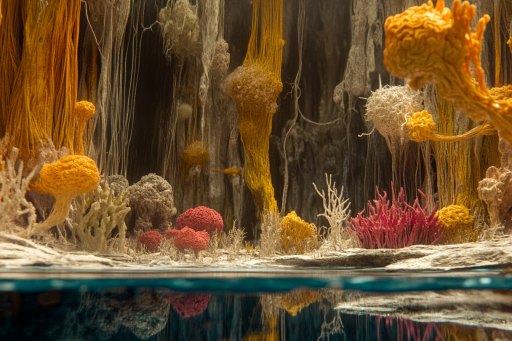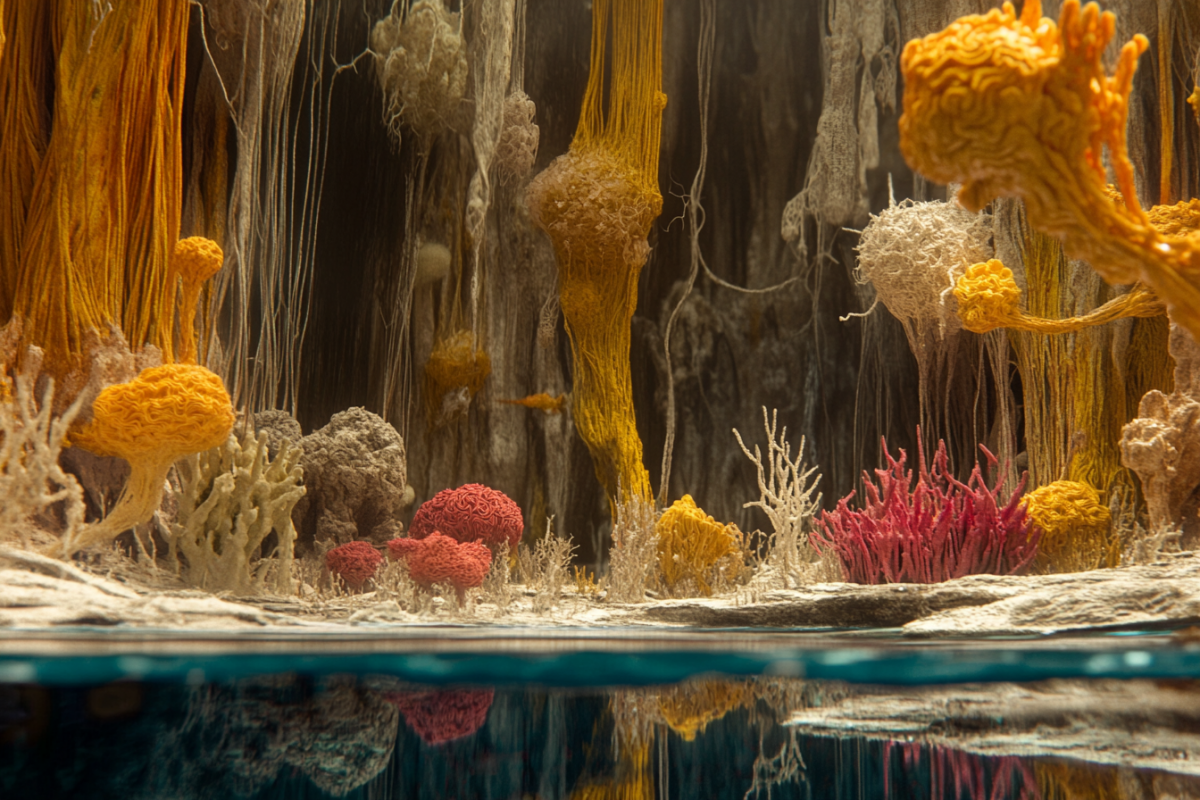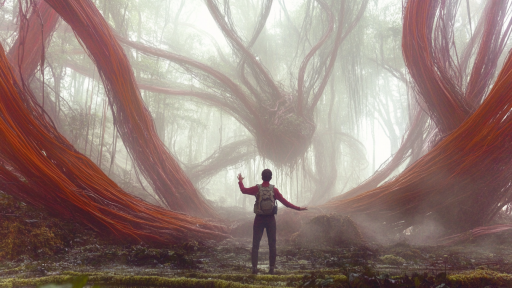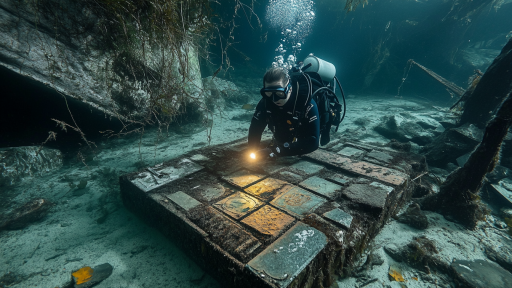
Life finds a way—even in the most extreme and inhospitable places on Earth. From creatures that thrive in toxic waters to microscopic organisms that survive in the vacuum of space, nature constantly defies expectations. These bizarre life forms challenge what we thought was possible, blurring the line between science fiction and reality. Prepare to meet the strangest inhabitants of our world, thriving in places where nothing should survive.
The Immortal Jellyfish

Deep in the ocean, a jellyfish exists that seemingly cheats death. Turritopsis dohrnii, known as the “immortal jellyfish,” can revert its cells to an earlier stage of life, allowing it to regenerate indefinitely. This biological loophole makes it one of the few known creatures that could, in theory, live forever. Scientists are still trying to understand how this process works—and whether humans might one day use it to extend their own lifespan.
The Electric Bacteria That Eat Pure Energy

Hidden in the depths of caves and the ocean floor, certain bacteria survive by consuming nothing but electricity. These microscopic organisms, such as Geobacter and Shewanella, feed on electrons, pulling energy directly from metal and rock. They don’t rely on sunlight or organic matter, making them one of the most alien-like life forms on Earth. If life can exist this way here, it raises the possibility of similar organisms thriving on other planets.
The Ice Worms of the Glaciers
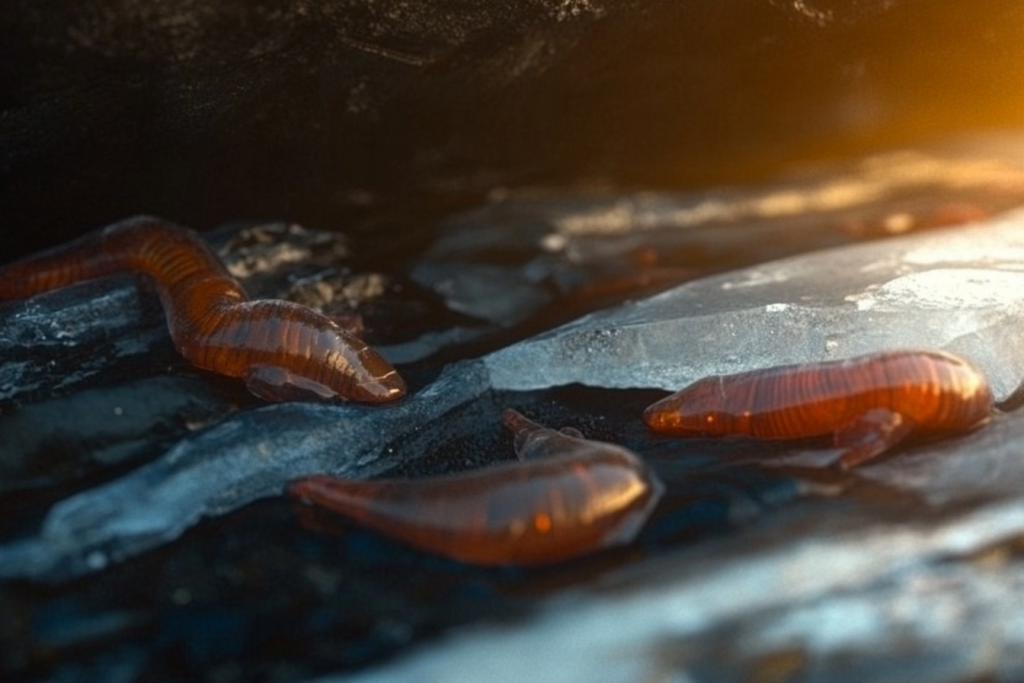
While most creatures freeze solid in icy conditions, ice worms have evolved to thrive within glaciers. These tiny worms, found in Alaska and the Pacific Northwest, survive at freezing temperatures by producing antifreeze-like proteins. Strangely, they melt if exposed to warmth, meaning their entire existence depends on staying frozen. Their unique biology could help scientists uncover secrets about life on frozen worlds beyond Earth.
The Pitch-Black Fish That Absorb Light

In the crushing depths of the ocean, some fish have evolved to be nearly invisible. Species like the ultra-black Pacific black dragonfish absorb over 99% of the light that hits them, making them appear as dark voids in the water. Their skin contains special pigments that prevent bioluminescent predators from detecting them. This eerie adaptation helps them vanish into the abyss, a living shadow lurking in the deep.
The Radioactive-Resistant Bacteria
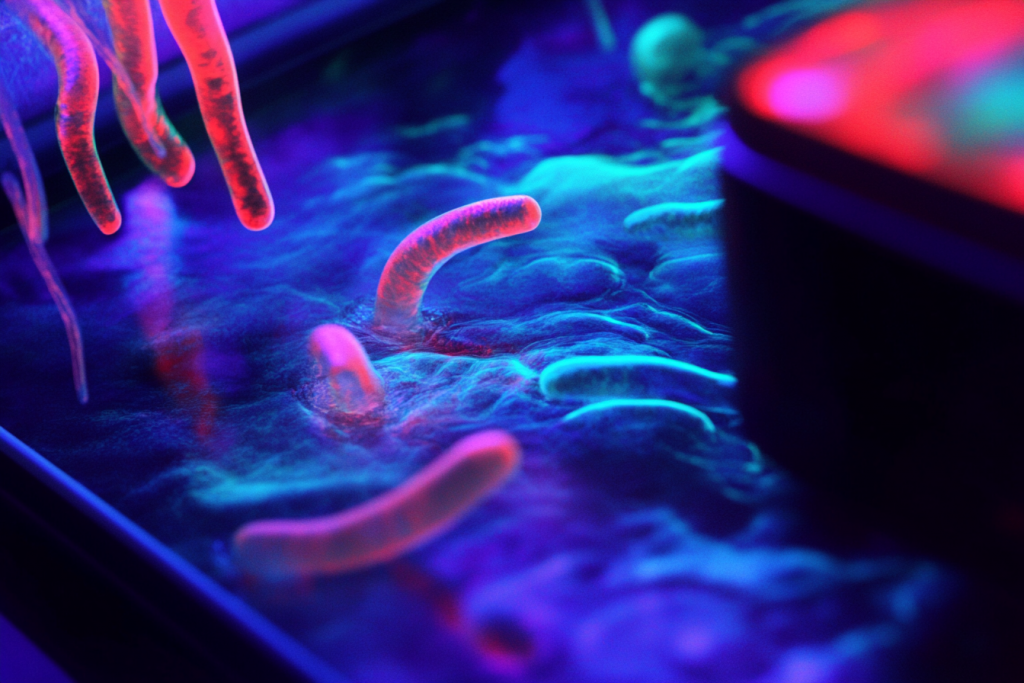
Meet Deinococcus radiodurans, often called the “superhero bacterium” because it can survive radiation levels thousands of times higher than what would kill a human. This microorganism repairs its own DNA with astonishing speed, allowing it to endure nuclear disasters, intense UV rays, and even the vacuum of space. Scientists study it for potential use in bioremediation, hoping it could help clean up radioactive waste.
The Organism That Breathes Arsenic

Found in California’s toxic Mono Lake, GFAJ-1 is a bacterium that doesn’t rely on phosphorus like other life—it thrives on arsenic, a substance deadly to most organisms. This discovery rocked the scientific community, proving that life could evolve in ways previously thought impossible. If life can survive on arsenic here, it opens the door to the possibility of extreme organisms living on planets with toxic atmospheres.
The Deep-Sea Bone-Eating Worm

At the bottom of the ocean, strange worms called Osedax survive by burrowing into the bones of dead whales. These bizarre, root-like creatures secrete acids to dissolve the bone, absorbing the nutrients within. They have no stomachs, no mouths, and depend entirely on symbiotic bacteria to process their food. Their eerie existence is a reminder that in nature, even death has its own ecosystem.
The Desert Microbes That Survive Without Water
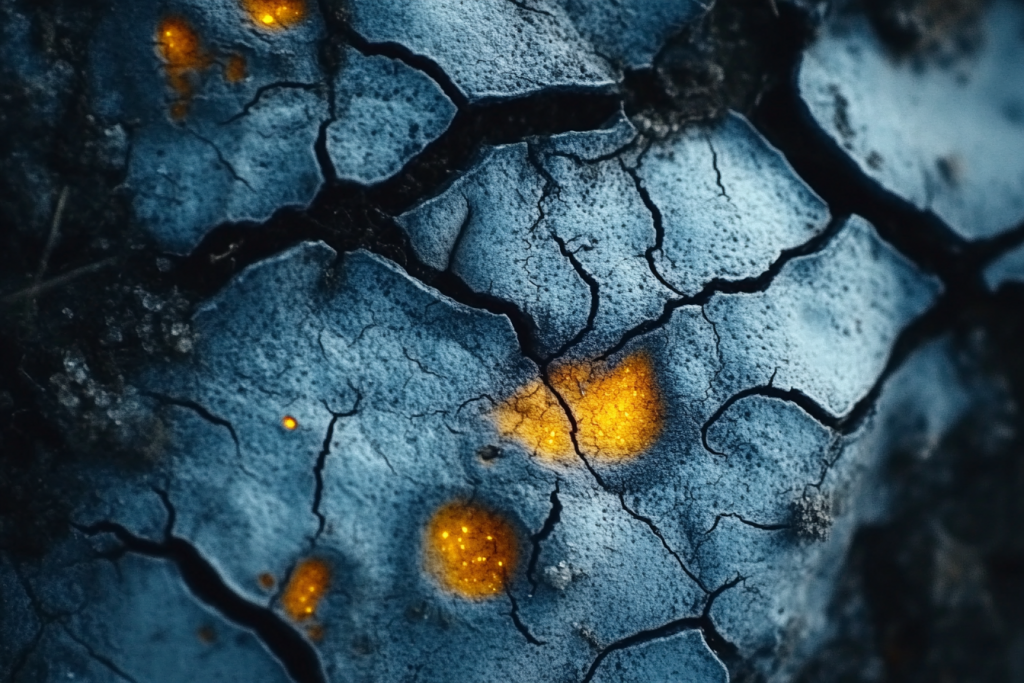
In the Atacama Desert, one of the driest places on Earth, scientists discovered microbes that survive without liquid water. These resilient bacteria extract moisture from the air itself, living in conditions similar to those found on Mars. Their survival in such an inhospitable place raises the possibility that similar microbes might exist in extraterrestrial deserts.
The Giant Tube Worms of the Deep Sea
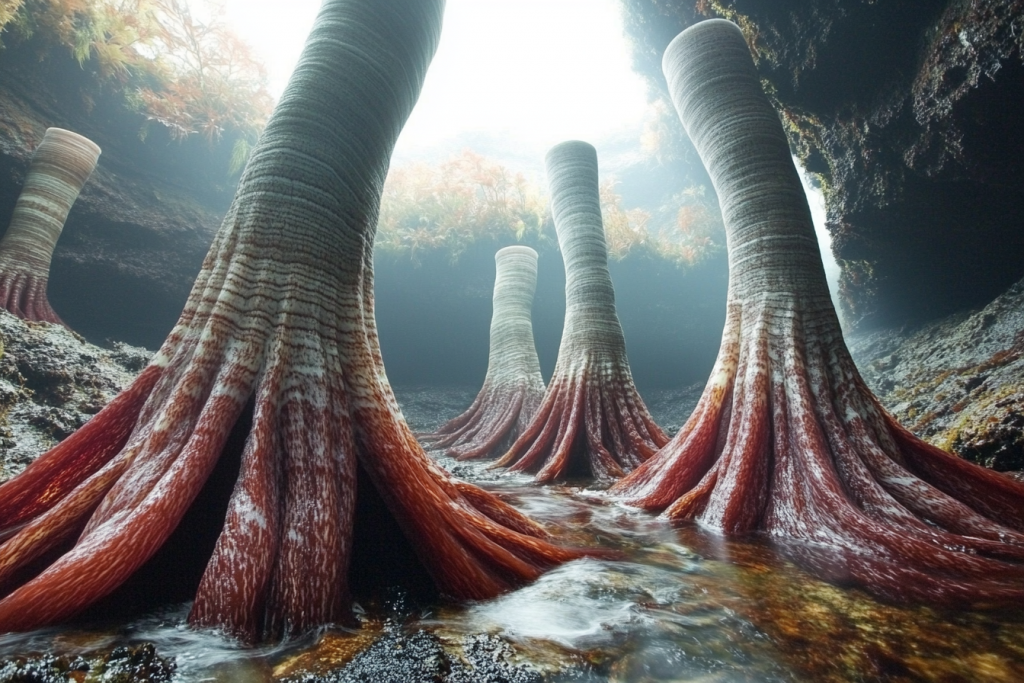
Miles below the ocean surface, giant tube worms flourish near hydrothermal vents, where water reaches temperatures hotter than boiling. These alien-like creatures have no mouths or digestive systems; instead, they rely on bacteria inside their bodies to convert toxic chemicals into food. Their ability to survive in complete darkness, under extreme pressure, hints at what life might look like on other ocean-covered worlds.
The Animal That Can Survive in Space

Tardigrades, also known as “water bears,” are microscopic creatures with a nearly indestructible nature. These tiny beings can survive extreme radiation, boiling heat, freezing cold, and even the vacuum of space. When faced with harsh conditions, they enter a state of suspended animation, reviving when conditions improve. Their ability to endure the impossible has made them a focal point in astrobiology research.
The Toxic Sulfur-Loving Worms

In the most sulfuric, acidic lakes on Earth, strange worms called Limnodrilus sulfurius thrive where no other creatures can. Found in volcanic craters, they absorb sulfur from the water to fuel their metabolism. These worms are living proof that life can adapt to chemical environments once thought completely uninhabitable.
The Shape-Shifting Slime Mold That Thinks

Slime molds might look like simple blobs, but they have a strange form of intelligence. These single-celled organisms can solve mazes, remember patterns, and even “decide” the most efficient paths to food. They have no brain, yet they act as if they do—challenging what scientists thought they knew about the boundaries of cognition in the natural world.
The Crystal-Building Microbes of the Caves

Deep within Mexico’s Naica Crystal Cave, where temperatures soar past 120°F and humidity nears 100%, scientists have discovered microbes that build their own crystal-like structures. These ancient organisms, potentially dormant for thousands of years, survive in conditions that would kill most life. Encased within massive, sword-like gypsum formations, they feed on minerals, creating an ecosystem that feels more alien than Earthly. Their ability to persist in such an extreme environment raises questions about the limits of life itself.
Have We Even Scratched the Surface?

Life on Earth continues to surprise us, revealing new ways organisms can adapt to the harshest conditions. But if creatures can survive extreme heat, freezing cold, radiation, and even the vacuum of space—what else might be out there? The strangest forms of life might not be the ones we’ve already found, but the ones waiting to be discovered. The deeper we look, the stranger the possibilities become.

